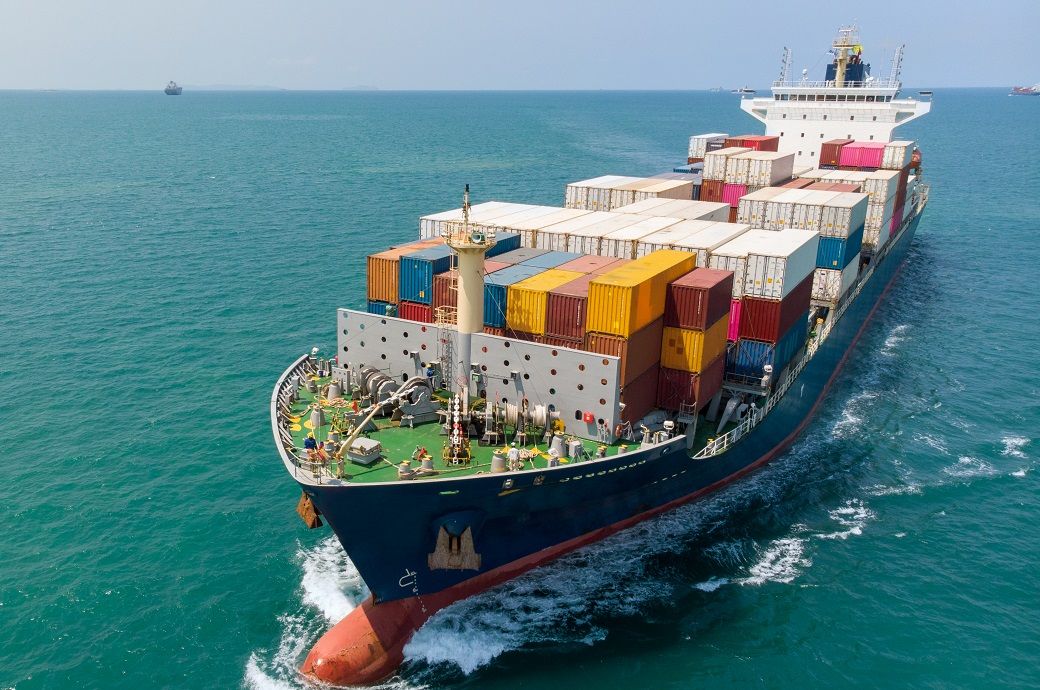
March’s dip is the smallest of the year to date, compared to a 1 per cent fall in February and a 13.3 per cent month-on-month collapse in January, according to the monthly Xeneta Shipping Index (XSI), which draws on crowd-sourced rates data from leading global shippers.
This month’s XSI showed a series of mixed rates performances across key regional trading corridors. In Europe, the European import sub-index dropped 6 per cent, while the import benchmark climbed just 0.8 per cent. In the Far East, the export sub-index dropped 1.6 per cent, leaving rates up 11 per cent year-on-year (YoY), and the import benchmark declined by 1.5 per cent, up 7 per cent against last year, as per Xeneta.
In the US, the lack of new contracts signed this month skewed the picture, with the import sub-index climbing a counter-intuitive 7.1 per cent, despite import volumes being down 19 per cent for the year. The XSI US export benchmark maintained its level from February with no change. However, it is the only sub-index in the report that remains at a record-high level after recording a significant 16.5 per cent increase last month.
Xeneta CEO Patrik Berglund, said: “The principal reason for the relatively small decline is a lack of new contracts entering validity rather than any strengthening of fundamentals. The major tendering season in Europe has passed, whereas it’s looming large on the horizon for the US market. The prospects of carriers being able to maintain their current long-term rates here look slim, to say the least.
“With the current market uncertainty, framed by weak demand and both macroeconomic and geopolitical concerns, carriers will be bracing themselves for rates to head in the opposite direction during this year’s tendering. We can expect to see some major falls, and that will, we expect, drag the XSI down more sharply in the months to come.
“Although the falls in rates will generate the headlines, we have to bear in mind that the carriers continue to make good money on containers tied to long-term contracts. In fact, the global XSI remains a healthy 30.5 per cent up YoY.
“However, looking at the hard negotiations that lie ahead, it’s very, very difficult to see how carriers can maintain that elevated level. Unless something drastic happens, I think the long-term contracts in the second half of the year will look very different to those that were valid at the start of 2023.”
Fibre2Fashion News Desk (DP)